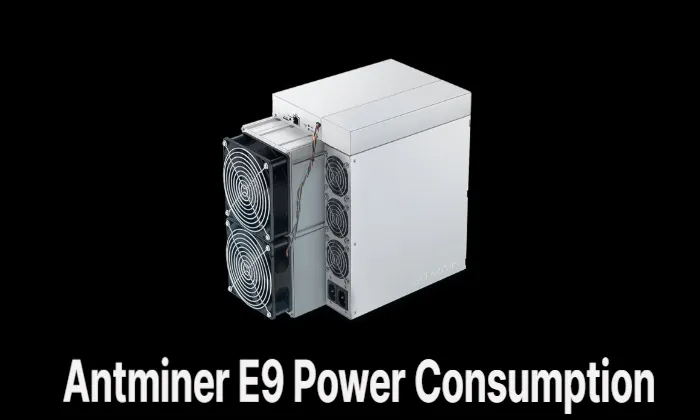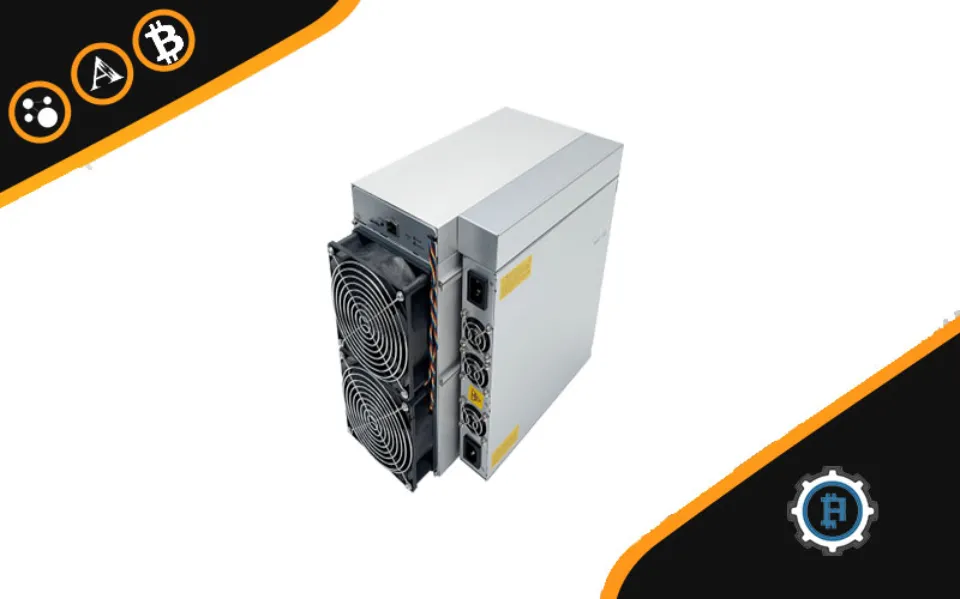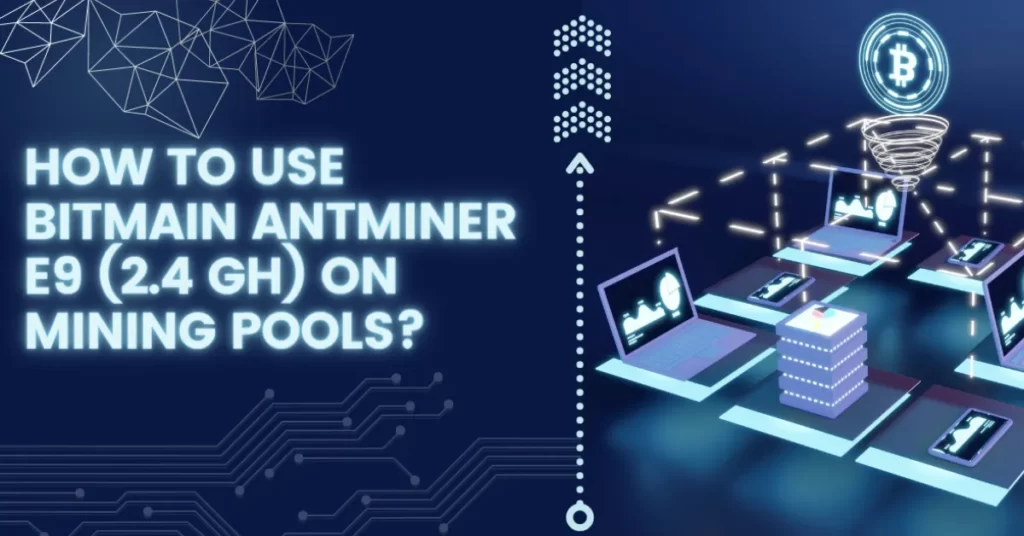Ethereum Classic (ETC) is a decentralized blockchain platform that supports smart contracts and enables the development of decentralized applications (dApps). Mining plays a crucial role in securing the ETC network and validating transactions. In this blog post, we will explore how the block reward, specifically in relation to the powerful Antminer E9 mining hardware, affects mining profitability in the Ethereum Classic network.
Table of Contents
Understanding the Block Reward
The block reward refers to the incentive given to miners for successfully mining a new block and validating transactions on the Ethereum Classic blockchain. It serves as a reward for their computational work and the resources utilized in the mining process. The block reward consists of newly minted ETC tokens and transaction fees collected from the transactions included in the block.
The calculation and distribution of the block reward are determined by the network protocol. Currently, the block reward for Ethereum Classic is set at 3 ETC per block. This means that for every block mined, the miner or mining pool that successfully solves the cryptographic puzzle receives 3 ETC as a reward.
Introducing the Antminer E9
The Antminer E9 is a cutting-edge mining device designed by Bitmain, renowned for its exceptional hashing power and energy efficiency. With a hash rate of up to 3 GH/s, it has become a popular choice for ETC mining.
Factors Influencing Mining Profitability
Several factors influence the mining profitability of Ethereum Classic, and the block reward is a significant factor among them. Let’s explore these factors in detail:
- Block Reward Size: The size of the block reward directly impacts miners’ earnings. As the block reward constitutes a significant portion of their income, a higher block reward generally leads to increased profitability. Conversely, a lower block reward may result in reduced profitability for miners.
- Network Difficulty: Network difficulty refers to the computational effort required to mine a new block on the Ethereum Classic blockchain. The difficulty adjusts dynamically based on the total computational power (hashrate) of the network. Higher network difficulty makes mining more challenging, potentially reducing mining profitability.
- Energy Efficiency and Operational Costs: The Antminer E9’s energy efficiency is a crucial factor in determining profitability. Its optimized performance ensures efficient mining operations. However, miners must consider operational costs, such as electricity expenses, cooling requirements, and maintenance, to assess overall profitability accurately.
Block Reward Halving Events

Block reward halving is a significant event that affects the mining profitability of Ethereum Classic. Approximately every five million blocks, or roughly every four years, the block reward undergoes a halving. During a block reward halving event, the number of newly minted ETC tokens per block is reduced by half.
The most recent block reward halving for Ethereum Classic occurred in March 2020 when the block reward was reduced from 4 ETC to the current 3 ETC per block. Block reward halvings are implemented to control the issuance rate of new tokens, maintain scarcity, and potentially increase the value of existing tokens.
The impact of block reward halving on mining profitability can be twofold. Initially, it reduces the immediate earnings of miners due to the decreased block reward. However, if the halving event contributes to a rise in ETC’s value, it can offset the reduced block reward and potentially lead to long-term profitability.
Mining Profitability Analysis
To analyze mining profitability in the context of the block reward, let’s consider various aspects:
- Case Studies: By examining historical data and conducting case studies, we can evaluate the impact of block rewards on mining profitability. Factors such as network difficulty, ETC’s market price, and mining hardware efficiency need to be considered to assess the profitability of mining operations.
- Comparison with Other Cryptocurrencies: Comparing Ethereum Classic’s block reward and mining profitability with other cryptocurrencies provides insights into the relative advantages and disadvantages of mining ETC. Factors such as block time, block size.
- Scenarios and Market Conditions: Mining profitability is also influenced by market conditions and different scenarios. Factors such as ETC’s price volatility, market demand for ETC, and competition among miners can impact profitability. Analyzing various scenarios, such as bear markets, bull markets, or changes in network difficulty, can help miners make informed decisions.
Strategies for Maximizing Antminer E9 Mining Profitability
To maximize mining profitability with the Antminer E9, miners can employ the following strategies:
- Stay Informed: It is crucial for miners to stay updated with ETC ecosystem developments, including protocol upgrades, network changes, and upcoming block reward adjustments. Keeping track of news and announcements can help miners anticipate changes that may impact their profitability.
- Adapt Mining Strategies: With changing block rewards, miners should adjust their mining strategies accordingly. This may involve optimizing hardware configurations, switching between mining pools, or adjusting mining algorithms based on the most profitable options available.
- Explore Alternative Mining Approaches: In addition to traditional mining, miners can explore alternative approaches such as mining pools, cloud mining, or staking. These alternative methods can offer different opportunities for profitability based on individual circumstances and resources.
Future Outlook and Potential Challenges
The future of block rewards and their impact on ETC mining profitability depend on various factors. As ETC continues to evolve, it is essential for miners to consider potential challenges such as increased competition, changes in regulatory frameworks, and the environmental impact of mining. Miners should stay vigilant, adapt to emerging trends, and implement sustainable mining practices to overcome these challenges.
Conclusion
Mining profitability in Ethereum Classic, particularly with the Antminer E9, is influenced by various factors, with the block reward playing a central role. The Antminer E9’s powerful hashing capabilities and energy efficiency make it an attractive choice for ETC mining. By understanding the block reward dynamics, considering network difficulty, and managing operational costs, miners can optimize their profitability.
In conclusion, the block reward has a significant impact on Antminer E9 mining profitability in Ethereum Classic. Miners must closely monitor block reward adjustments, network difficulty, and operational costs to ensure optimal earnings. With the advanced capabilities of the Antminer E9, coupled with strategic decision-making and staying informed about the ETC ecosystem, miners can navigate the evolving landscape and maximize their profitability.



